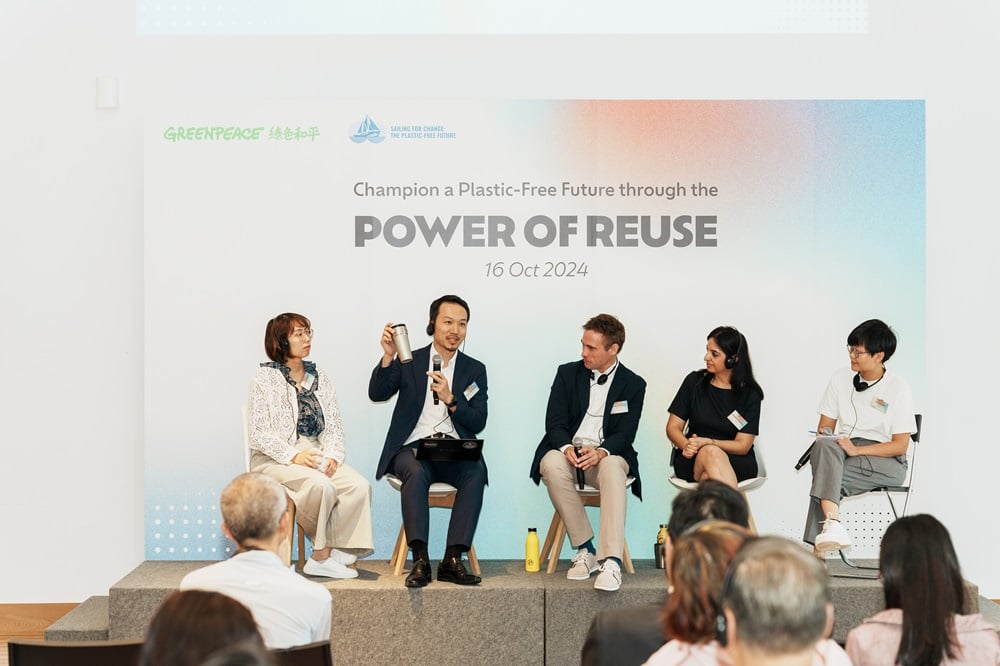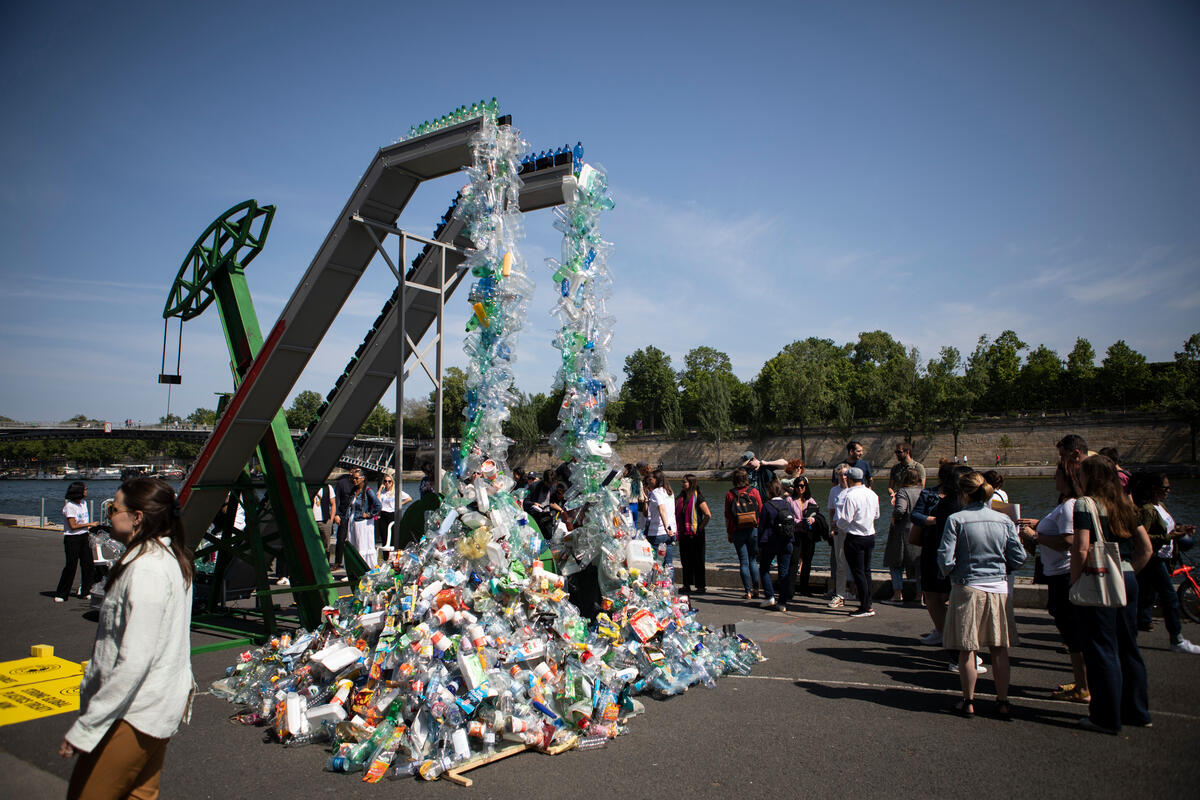The beauty of the Hong Kong countryside amazes us. We adore it and keep going to the countryside at our pastime or even on a daily basis. Feel our overflowing love – the highly overcrowded countryside could be a shocking sight! Much more shockingly, we found microplastics in the countryside water cycle! Greenpeace has just conducted the first pilot survey on the quantity of microplastics in the countryside streams of Hong Kong. The finding is alarming: microplastics were recorded at the front end of the water cycle. To protect the environment, not only shall we leave no trace, but we shall also reduce waste from the source.
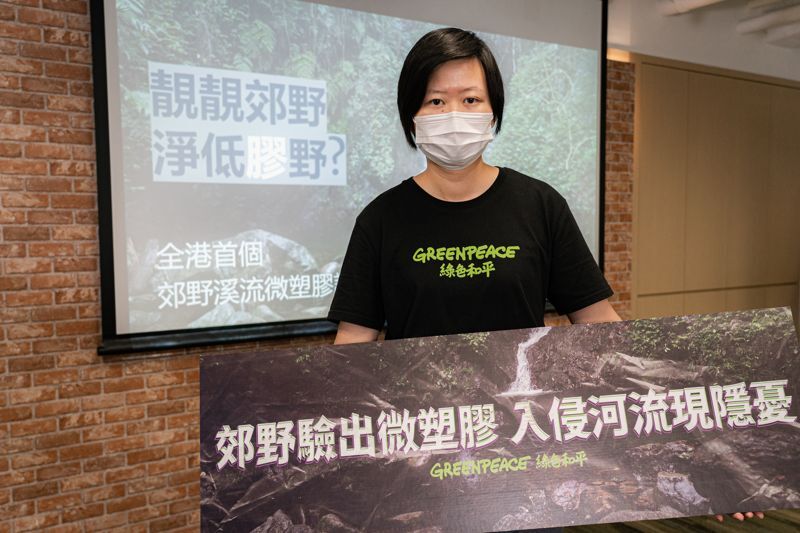
The first survey on microplastics quantity in Hong Kong countryside streams
It is time to enjoy chilling hikes at countryside streams in summer. Here, rain falls into rivers, running crystal clear from upstream down, washing not only its path along the way but our mind. Hardly any industrial activities could be found in the area. It must be exceptionally clean, but in fact, it is not. Though it looks clean to us, microplastics were found from over half of the water samples Greenpeace recently collected from the natural countryside streams in Hong Kong. Polypropylene (PP), a common component of disposable plastics, was the main type of microplastics recorded, according to our survey results.
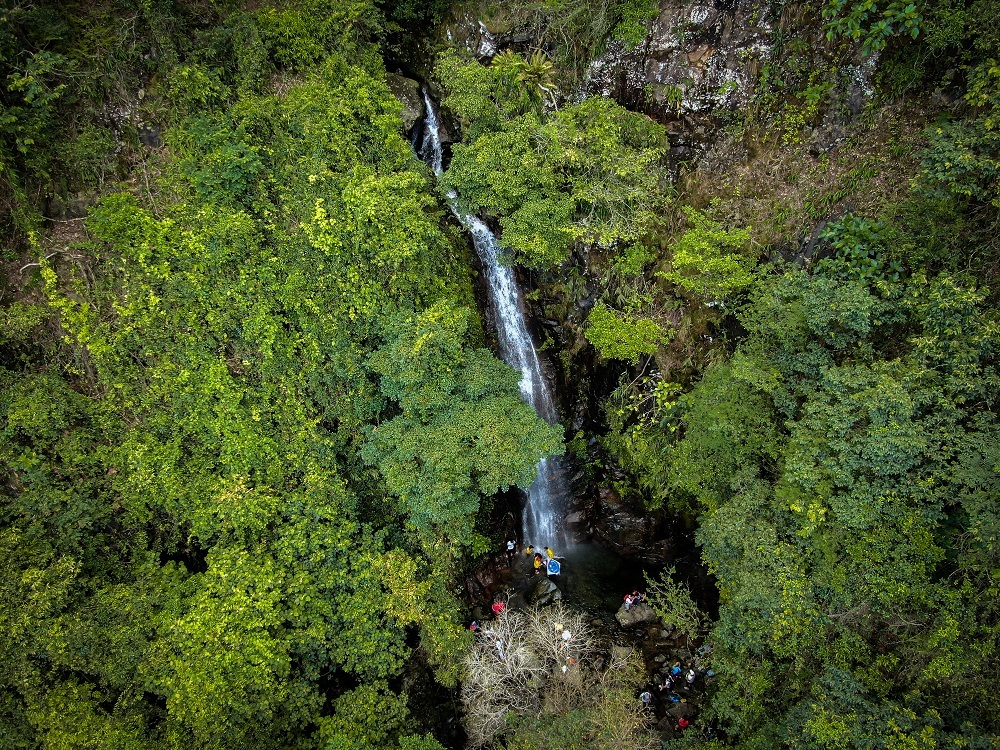
Greenpeace is committed to moving to a greener future. With this mission in mind, we have been conducting scientific surveys, in search of feasible green initiatives. Our experienced investigation team has been testing the quantity of microplastics in the water cycle for years, the sampling areas cover from seas to rivers in the city. This time, Greenpeace investigated from the much upper stream of the water cycle.
Sampling and Study
In May this year, Greenpeace collected 1 litre of random water samples each from 8 popular streams near campsites and hiking trails, where the still water areas were located downstream. Samples collected were sent to a laboratory in Sweden, which is equipped with Fourier-transform infrared spectroscopy (FTIR) for analyzing the type of plastics found[1]. The study results showed that over half of the samples contained microplastics[2]. This is the first proof ever about the presence of microplastics in the countryside streams of Hong Kong.
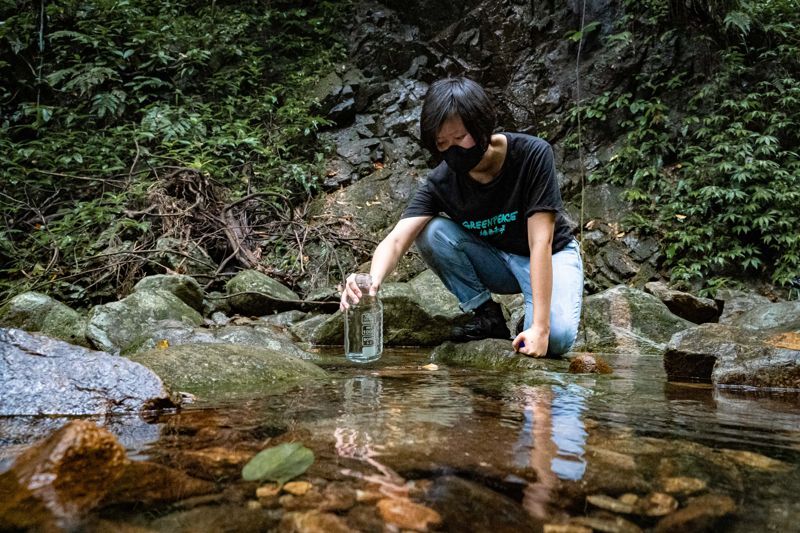
Results
The water sampling spots were downstream with popular hiking spots and campsites nearby. These areas were so selected as many people collected drinking water from the streams at hikes or while camping. Microplastics were found in Ng Tung Chai of Tai Po, Tai Cho Stream of Tai Mo Shan, Tai Tam Mound Fall of Tai Tam Water Reservoir and Wong Lung Hang of Tung Chung.
Among them, a greater amount of microplastics was recorded in both Ng Tung Chai and Tai Cho Stream, from which 24 pieces of PP were found in a litre of water sample at each spot. 8 pieces of PP were found in a litre of water collected each from Wong Lung Hang and Tai Tam Mound Fall. PP is commonly seen in disposable plastic wraps, take-away boxes and disposable tableware.
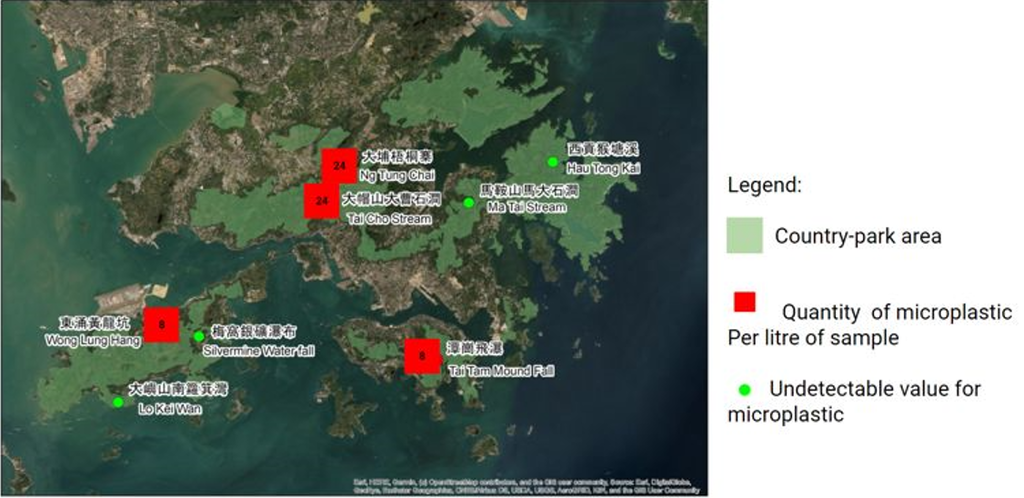
Our Campaigner, Lenna Tam said, “The countryside streams are at the front end of the water cycle. The microplastic contamination there rings the alarm bells, which reflects the much more serious pollution level in both the city streams and the oceans. The microplastics found in Tai Tam Mound Fall of Tai Tam Water Reservoir will enter the drinking water system, posing threat to public health.”
What happens if microplastics get into the water cycle?
- Microplastics may contain additives, and its surface is vulnerable to adhere to and accumulate toxic substances
- Downstream is the habitat of freshwater lives such as fish, shrimp, crab. Their microplastics absorption will result in contamination of the food chain
- Along with the flow of the water cycle, water runs from rivers into the ocean, contaminating the marine ecosystem. The microplastic-tainted water will enter human bodies through the food chain
- Through the food chain, microplastics will enter and accumulate in our bodies. They will affect the human nerve system, damage the immune system and cause disruption of the endocrine system, and the effects of which are more detrimental to the pregnant and children.
Waste Reduction from the Source, Restore the Beauty of Countryside
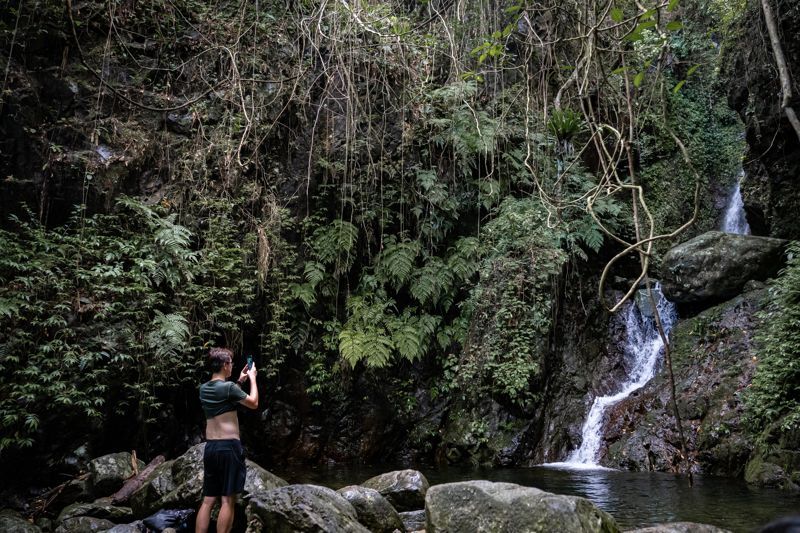
The countryside of Hong Kong is spectacular! Let’s reduce waste from the source, and take extra steps to protect our countryside. © Chilam Wong / Greenpeace
The spectacular view of Hong Kong countryside deserves us to spare no efforts in its preservation. Not only shall we follow the principle of outdoor activities, “leave no trace”, but we could also proactively connect various parties, from individuals, corporations to the government, and engage them in the efforts of waste reduction from the source.
You are invited to join Greenpeace to pledge for the Government’s investigation of microplastics quantity in the waters of the city and to advance policies on waste reduction from the source. Join us to demand corporate entities like supermarkets to reduce unnecessary wrapping and provide plastic-free shopping options to customers, thereby requesting them to bear corporate responsibilities on environmental protection. As part of the Hong Kong community, let us support waste reduction from the source by refusing to buy over-packaged products, and preserve the beauty of our countryside.
Remarks:
[1] Als Technichem (HK) Pty Ltd
[2] The molecular structure of one plastic is different from another, which is characterized by the specific wavelength of infrared its molecules absorb. Through this FTIR spectroscopy, the plastics found in the water sample could be identified.

-1.jpg)
